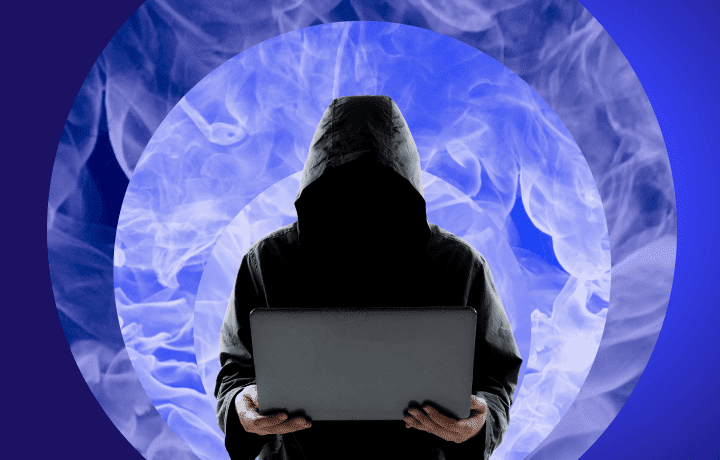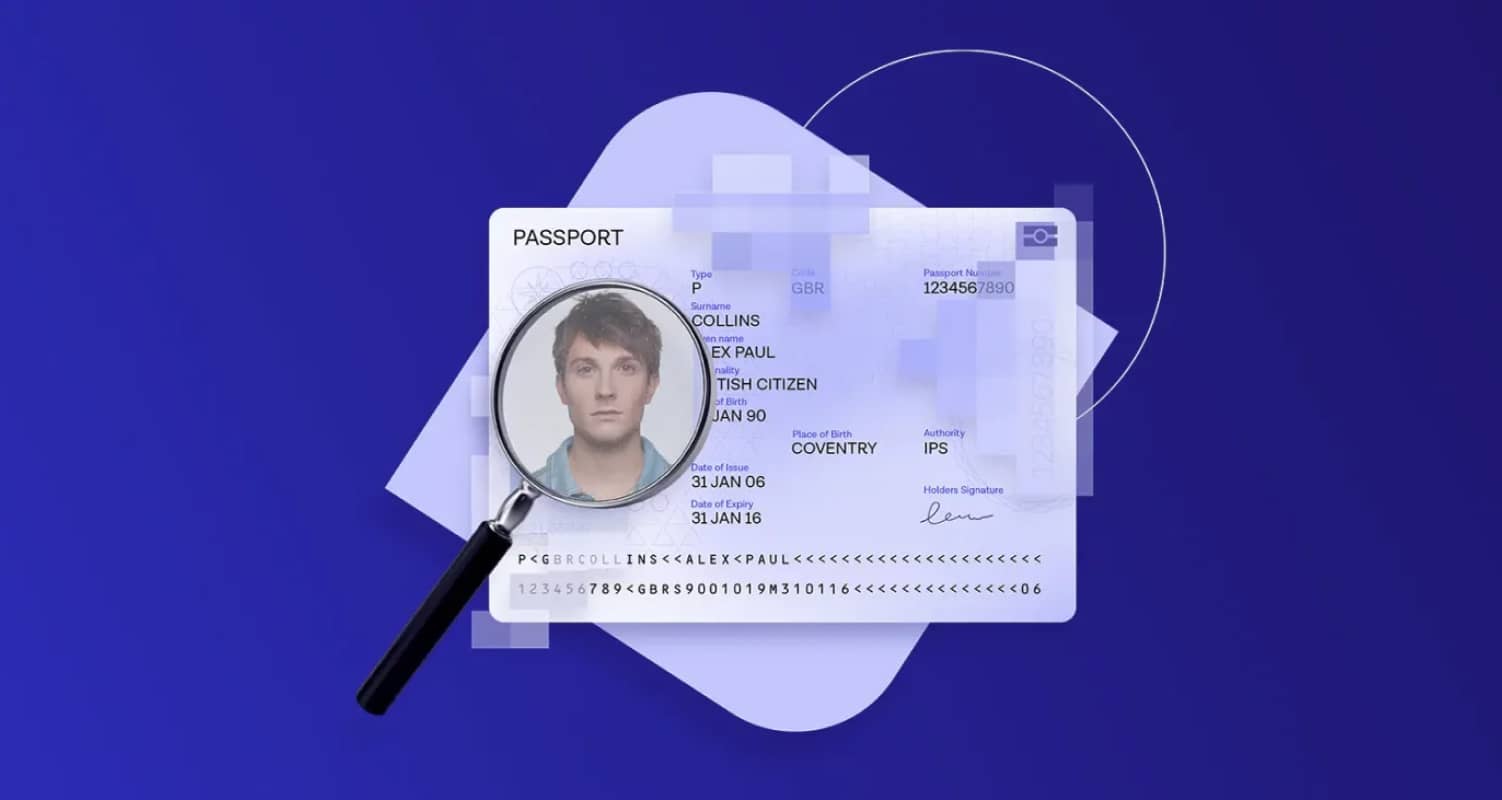
In a physical environment, you have over 30-40 security features that you can assess on that document. You can use ultraviolet light, passport readers, your sense of touch and smell to assess a document.
But with a 2D image you can’t feel it, smell it or assess all the security features. When you physically translate a 3D document to an online image, you’re left with just a few indicators that you can use to assess the document to detect fraud.
Below are just a few techniques you can use to spot potential fraud.
- Focus on specific areas of the document. When analyzing the document, look at different areas in turn. It’s overwhelming to look at it as a whole. Instead, focus on specific data points that are frequent targets of attack — the photo, name, date of birth, date of expiry and doc number.
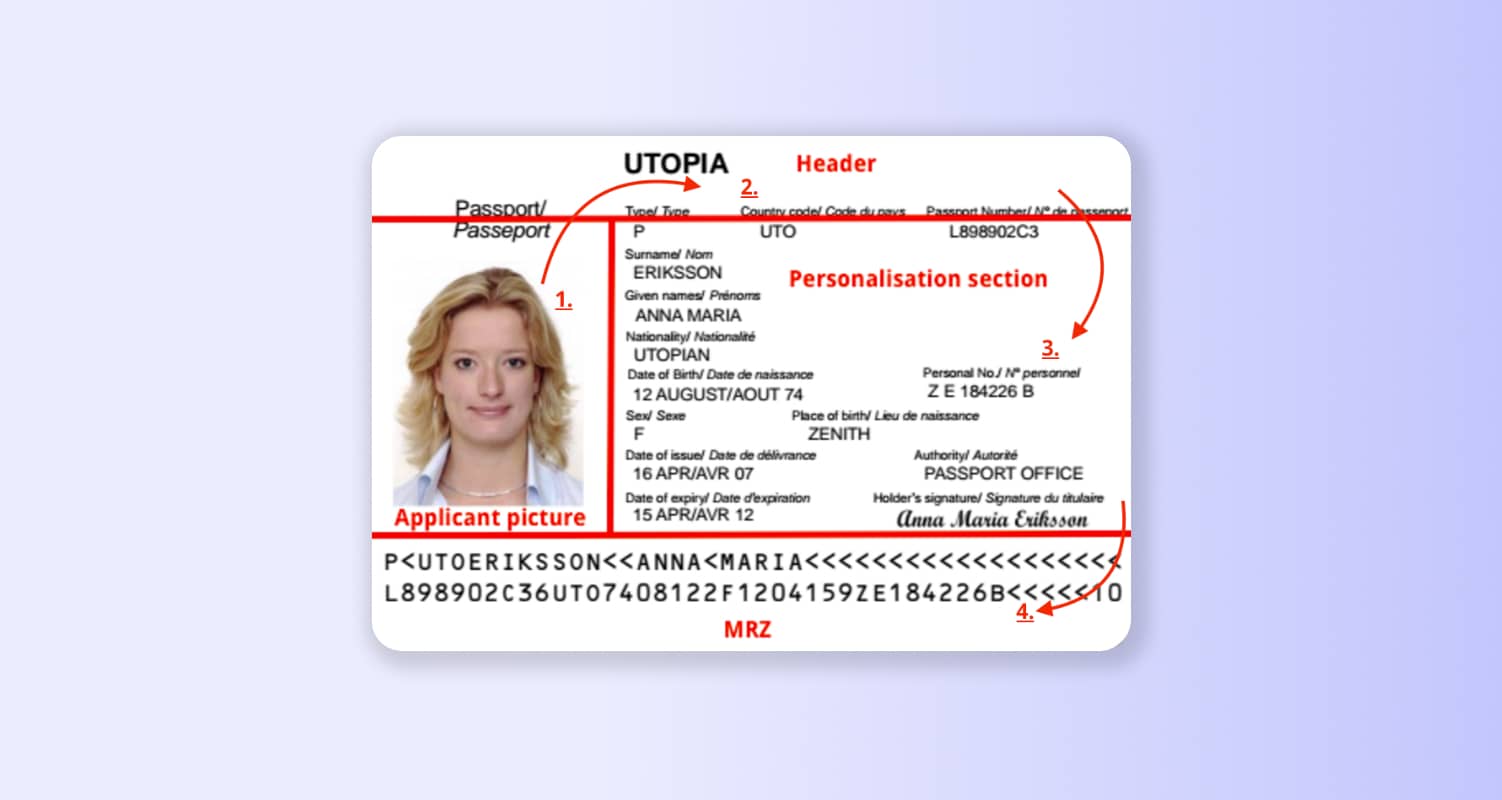
-
Use reference material. There are over 5,000 identity documents in circulation. Even for identity document specialists, or border guards, it’s impossible to know every single one by heart. Looking at a document in isolation makes it very hard to spot fakes. But putting specimens and real-life documents side by side makes it much easier - it essentially becomes an act of spot the difference.
-
Examine the photos. One basic check is to look at the photos on the identity document. Check that all the pictures are the correct colour or black and white. Plus check that the secondary portrait matches the primary picture.
-
Check the data. The information contained in the MRZ should reflect the data within the passport. You can also check that these match. If they are different, again this is a good indicator that the document is fraudulent. In this example you can see the date of expiry doesn’t match the data in the MRZ.
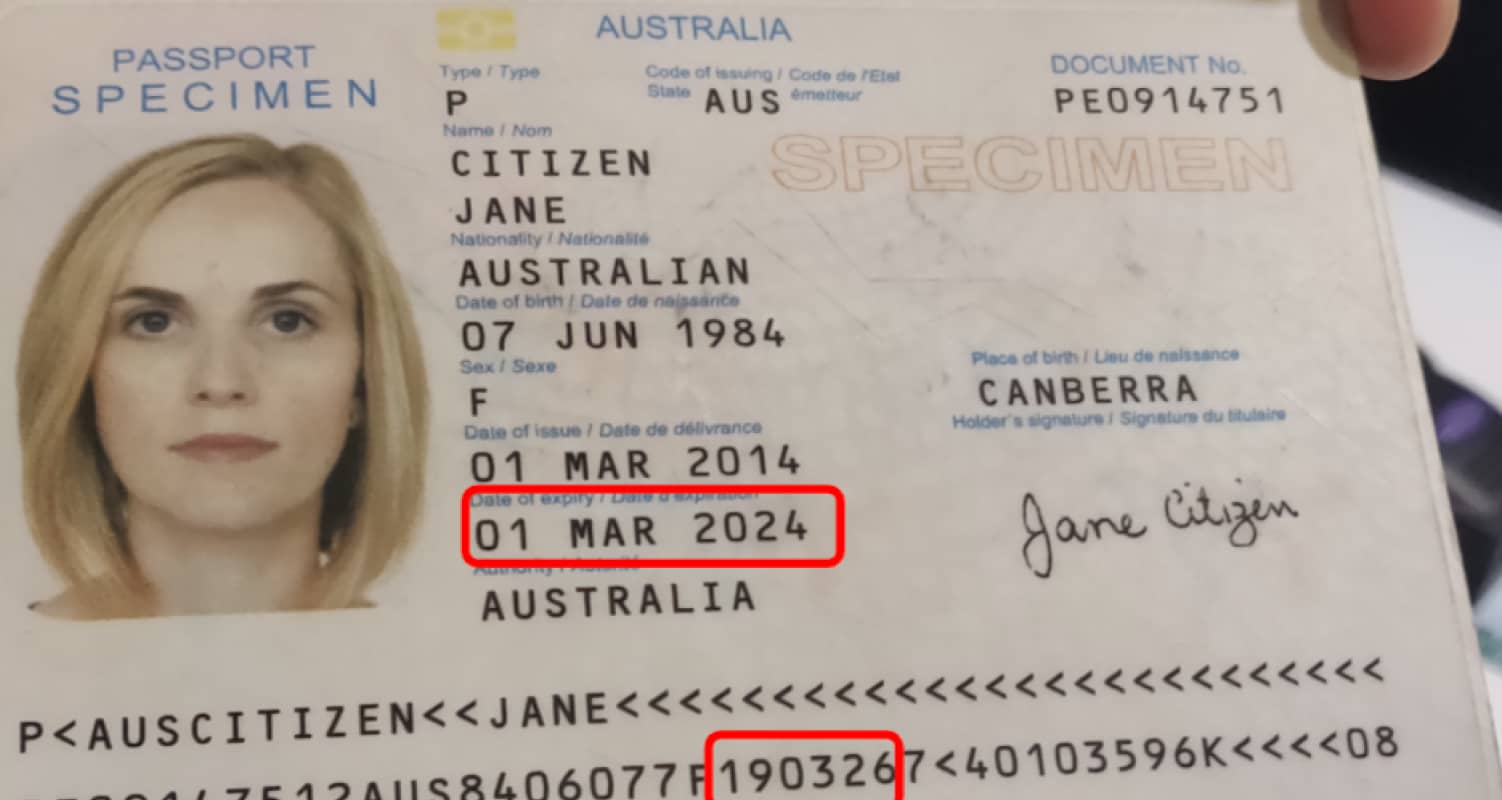
- Examine the fonts. Finally, look at the fonts used in the document. Different documents use different types of fonts. By comparing to reference material you’ll be able to tell if the fonts don’t match.
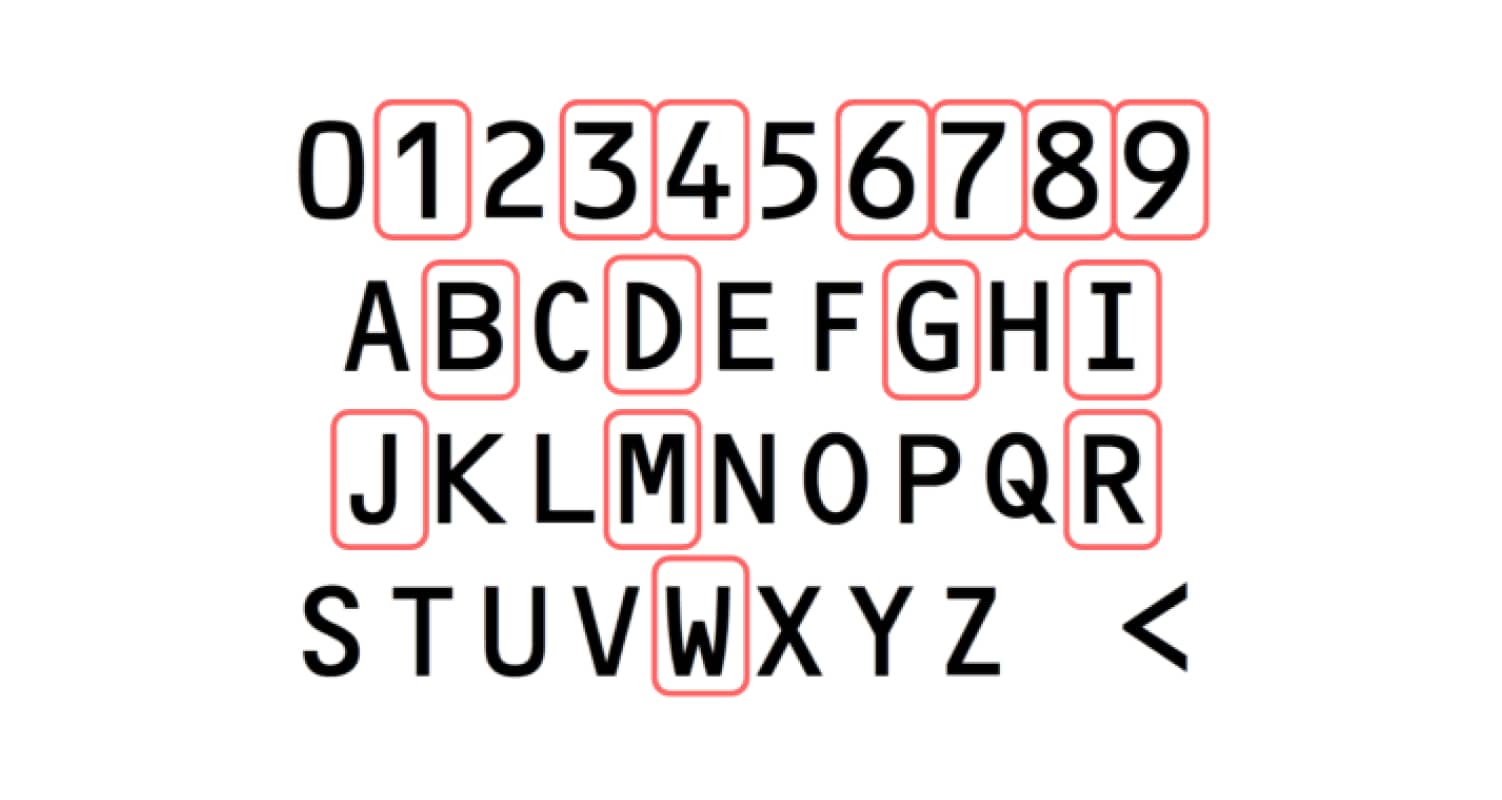
Humans can obviously carry out these steps themselves. However, this isn’t scalable for the number of verifications your business is likely to have to perform.
This is why Onfido looks at documents in an automated way, using our custom-built Atlas AI. Our algorithms are built to do what the human eye can do, but faster, and in many cases more accurately. Our hybrid approach of automated reviews and human checks gives you the best of both worlds.
For more fraud detection tips read our blog: Detecting fraud — three steps to success.
Take a look at our Identity Fraud report to get more insights and techniques on spotting fraud and approaches your business can take to prevent it.


